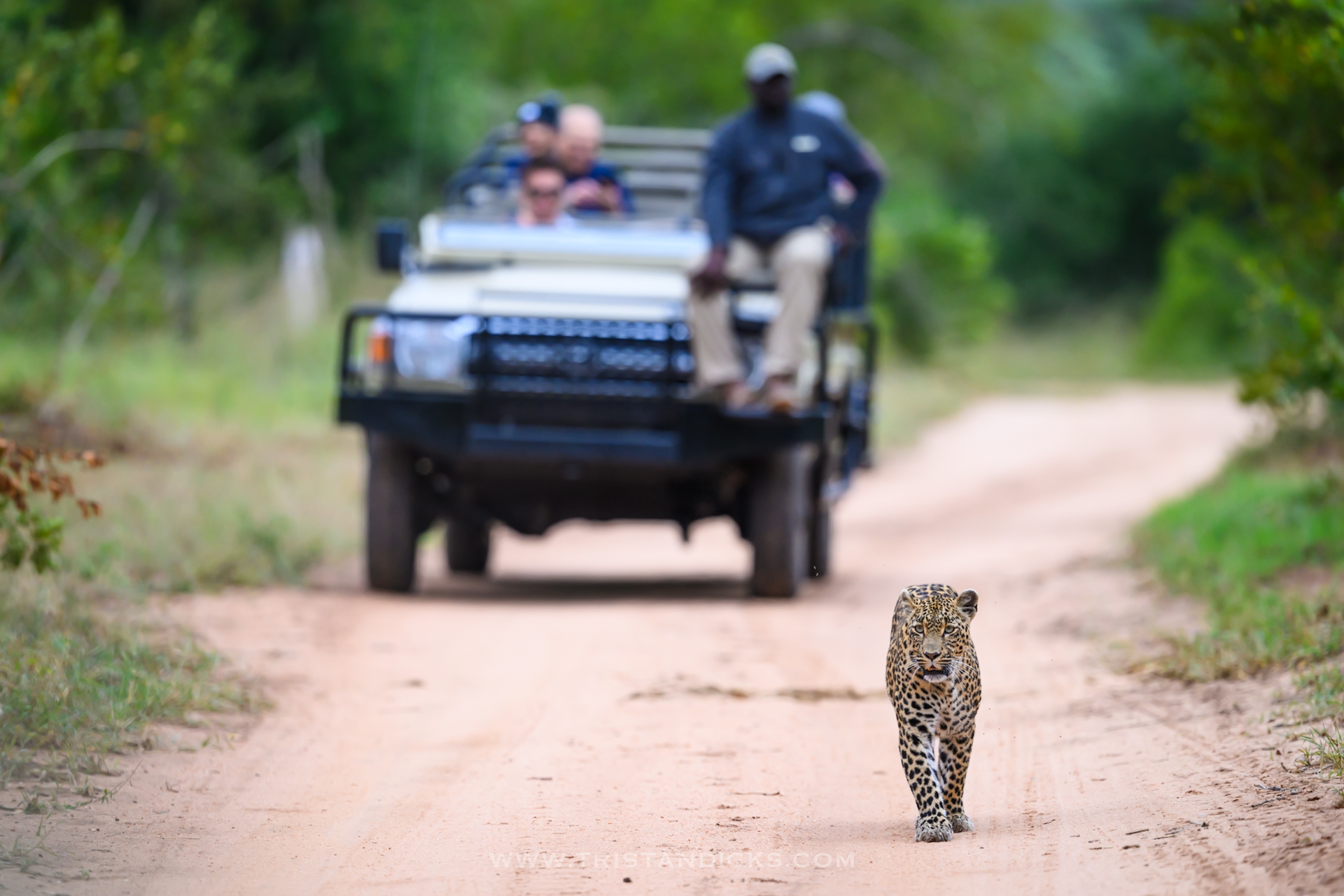If you’ve ever dreamed of roaming the wilds of Africa — watching elephants wander, big cats stalk their prey, and sunsets light up endless savannahs — then a safari is the ultimate bucket-list experience. But unforgettable safaris don’t happen by chance. They’re the result of careful planning, expert guidance, and local know-how.
Here’s how to plan a safari that’s seamless, spectacular, and full of once-in-a-lifetime memories — in five essential steps.
1. Decide Your Focus: What Do You Want to See and Do
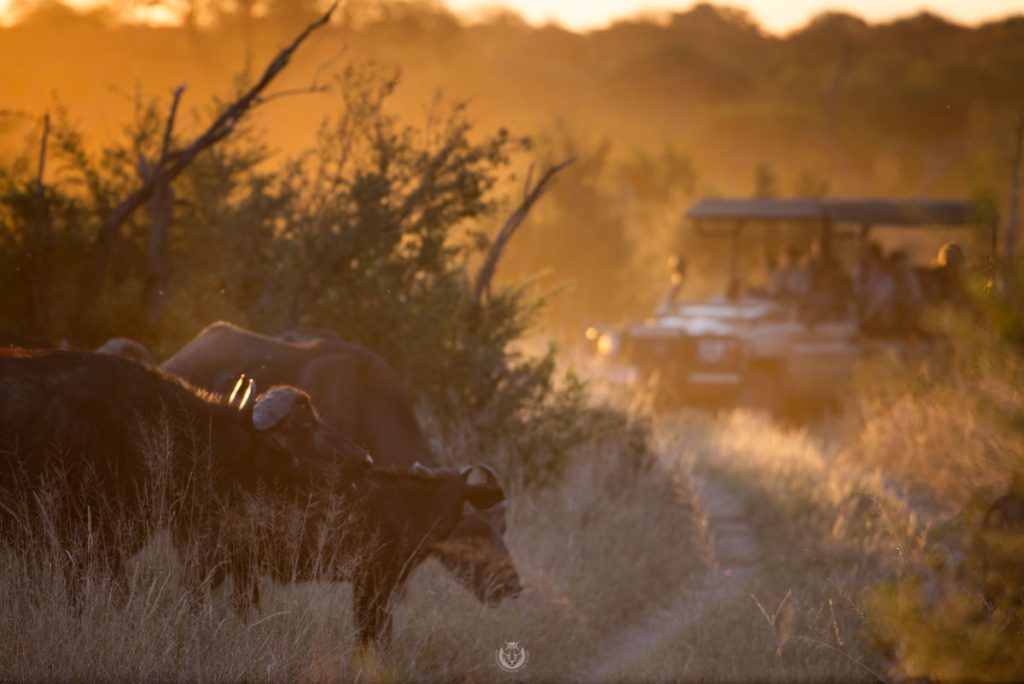
Before you start comparing lodges or booking flights, decide what kind of safari experience you want. Your focus determines everything else — from where you go to when you visit and what type of accommodation fits best.
Ask yourself:
-
Do you dream of seeing elephants swim across the Chobe River, Botswana?
-
Want to see lions and leopards in the Greater Kruger, South Africa?
-
Interested in Maasai culture and open plains in Kenya or Tanzania?
-
Or fascinated by gorilla trekking in Rwanda or Uganda?
Each destination offers something unique. Once you know your focus, you can shortlist destinations, safari routes, and the ideal length of stay.
2. Choose the Right Region for the Right Season
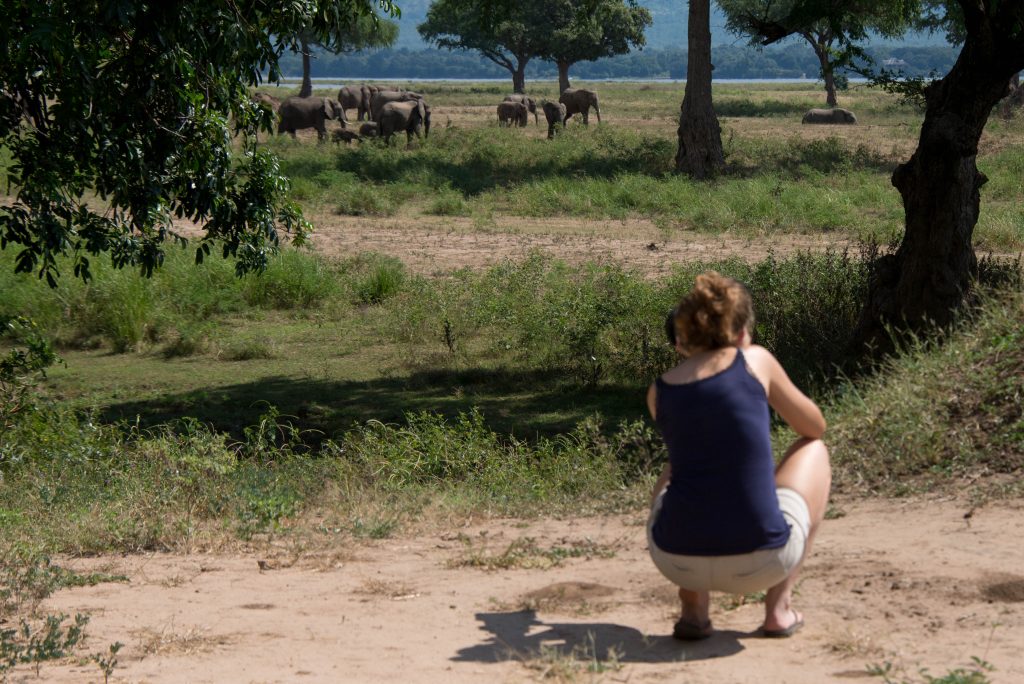
Timing is everything when it comes to safaris. Africa’s seasons vary from region to region — and knowing when to go can make the difference between a good trip and an extraordinary one.
Dry Season (Best for Game Viewing)
During the dry months, animals gather around watering holes and visibility is at its best.
-
East Africa (Kenya & Tanzania): Two dry seasons — June to October and December to March. These are the best times for clear skies, minimal rain, and exceptional wildlife action. Witness the Great Migration from July to October, or enjoy predator activity and warm days from December to March.
-
Southern Africa (Botswana, Zimbabwe, Zambia, South Africa): Best from May to October for crisp mornings, clear light, and concentrated wildlife sightings.
Wet or Green Season (Best for Birding and Photography)
From November to April, the rains transform the landscape into lush, green scenery. This season offers fewer tourists, lower rates, and excellent photography opportunities — especially for birdwatchers and those who love dramatic skies.
Some remote camps may close due to accessibility, but if you’re after solitude and beauty, this season is magical.
Pro tip: If you want guaranteed big-game sightings, plan for the dry months. If you prefer color, less crowds, and incredible photography, the green season delivers.
3. Set Your Budget and Choose Your Accommodation Style
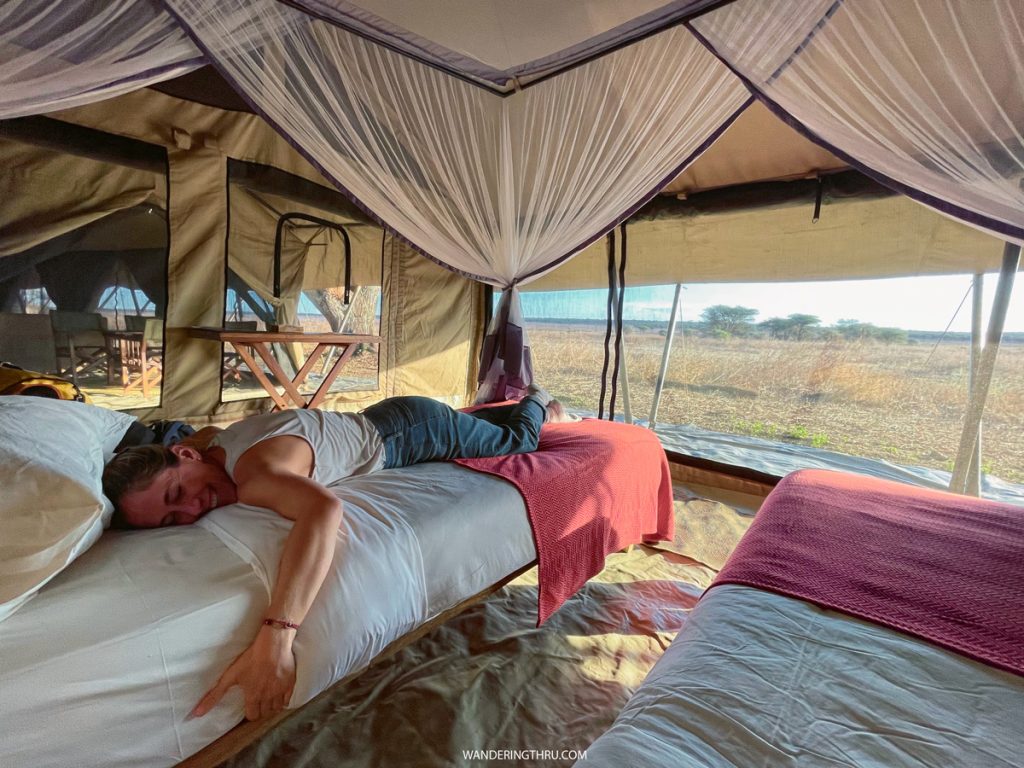
A safari can be as simple or as luxurious as you want it to be — the key is setting a clear budget early on.
Typical nightly rates (per person):
-
Budget Safaris: $300–$500 — shared vehicles, cozy tented camps.
-
Mid-Range: $500–$800 — stylish lodges, smaller groups.
-
Luxury: $900+ — exclusive lodges, private guides, and curated experiences.
When comparing costs, always check what’s included:
-
Park fees and game drives
-
Meals and drinks
-
Domestic flights or transfers
Knowing your budget up front helps your safari operator tailor the perfect itinerary without hidden surprises.
4. Book with a Trusted Safari Operator
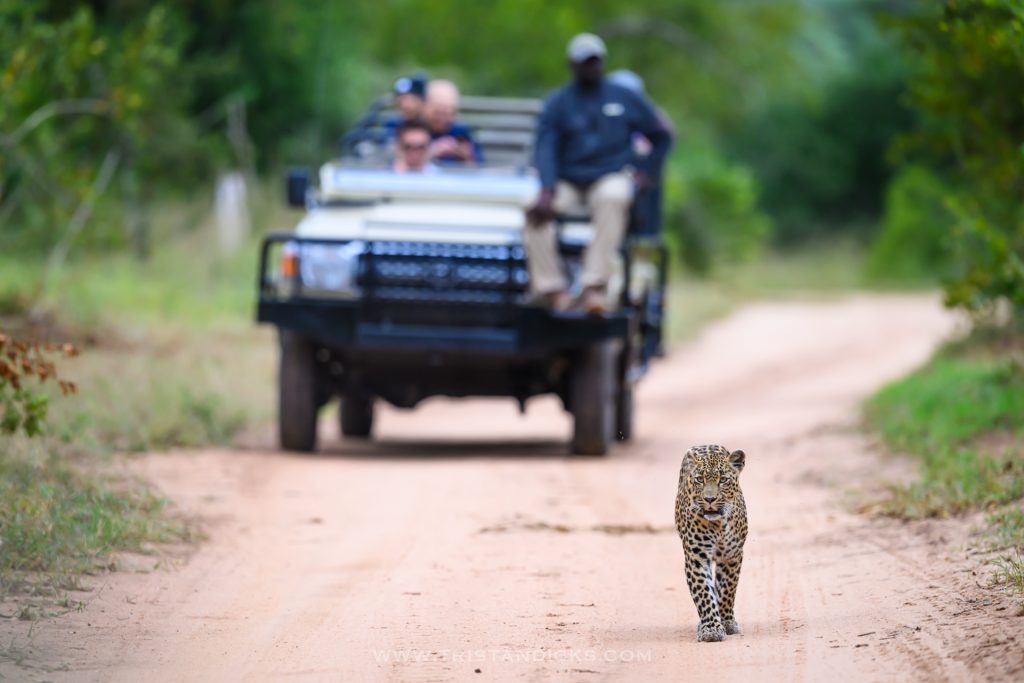
Your safari operator can make or break your experience. A reputable, experienced team ensures that every detail — from park permits to bush flights — runs smoothly, so you can focus on enjoying the adventure.
Look for an operator who:
-
Works with local guides and ethical tourism partners.
-
Offers flexible itineraries based on your interests and budget.
-
Has a proven record of guest satisfaction and safety.
At WanderingThru, our team lives and breathes Africa — we know the parks, the wildlife patterns, and the hidden gems that most visitors never see. Our safaris specialists have traveled and worked in some of the most epic and reputable corners of the continent. Whether you want a luxury honeymoon safari, a family adventure, or a photographer’s dream trip, we ensure every detail is expertly handled.
5. Pack Smart and Prepare for the Bush
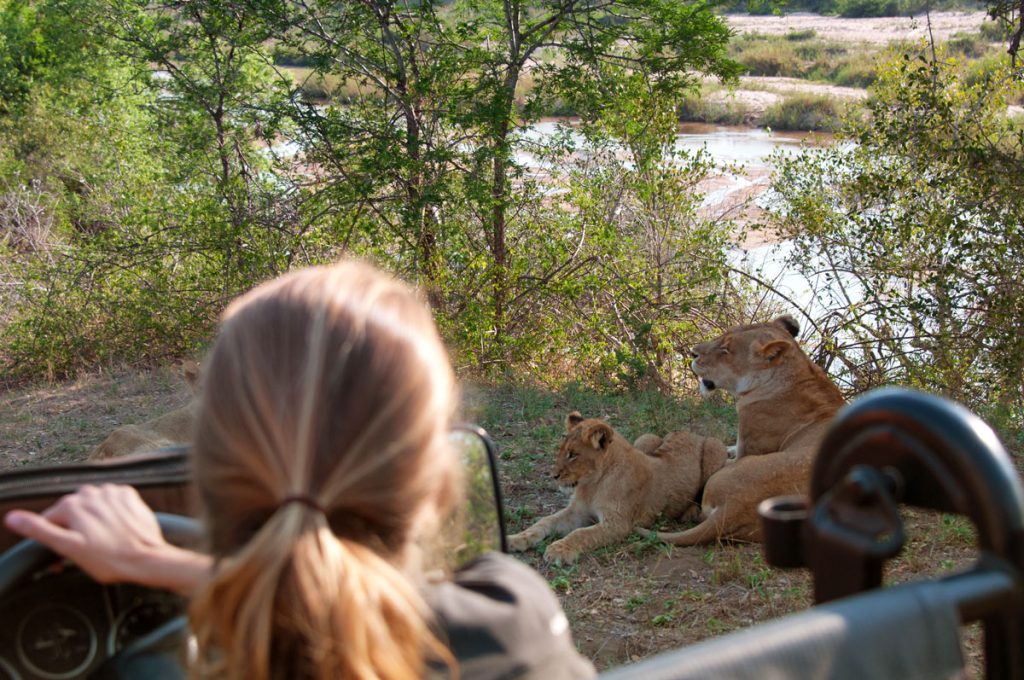
A well-packed bag can make your safari more comfortable, safe, and stress-free. For detailed packing list, have a look at our Safari Packing List suggestions.
Safari packing checklist:
-
Appropriate clothing for the season and terrain you’ll be in.
-
Binoculars and a camera with zoom lens.
-
Vaccinations (e.g., yellow fever), malaria prevention, and travel insurance.
- If your safari involves bush-flights, check strict baggage weight/size limits.
- Set realistic expectations. Safaris are about patience and presence. Wildlife viewing takes time — sometimes hours of quiet observation; it’s not constant action. The magic lies in the anticipation, the sounds of nature, and those unforgettable moments when the wild reveals itself.
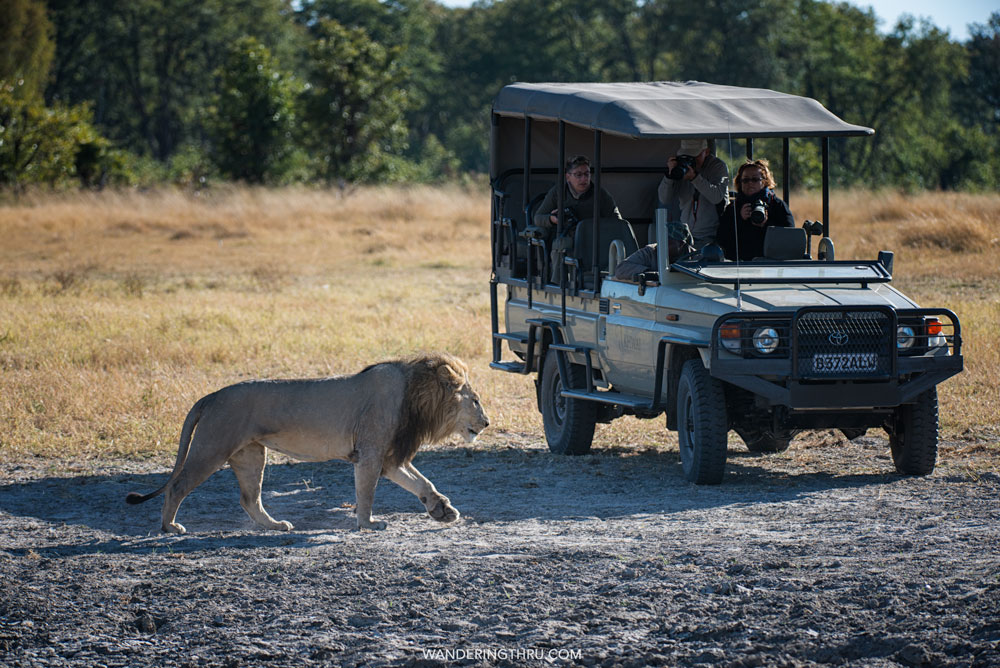
Let the Experts Take You There
Planning a safari can feel overwhelming — and that’s exactly why it pays to have an expert by your side.
At Wandering Thru, we don’t just plan safaris — we craft experiences. With local insight, trusted guides, and years of experience across Africa, we know how to design a journey that’s seamless, safe, and deeply rewarding.
Whether you’re chasing the Great Migration, photographing elephants at sunset, or tracking gorillas through misty forests, we’ll make sure your safari exceeds every expectation.
Ready to start your African adventure?
Contact our team today to plan your custom safari and turn your dream trip into reality.

